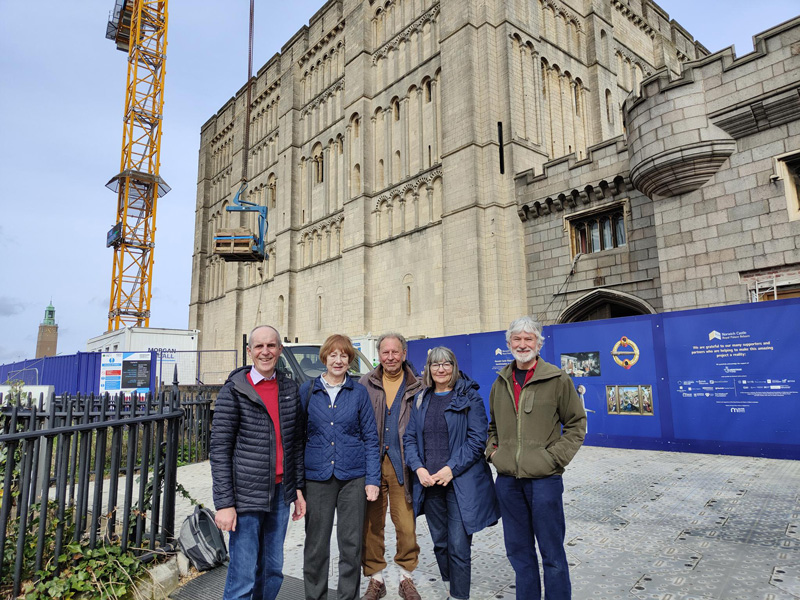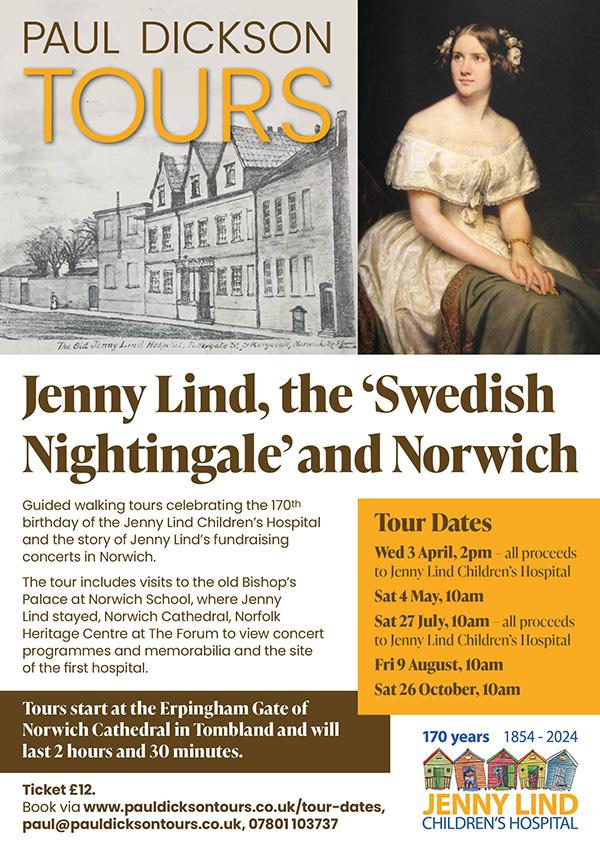Originally Published August 14th 2007
We are told that the number of people waiting for houses is on the increase and Councils are being urged to build more with a percentage of all new dwellings falling within a price range that’s affordable to young first time buyers.
It seems there has always been a shortage of places for people to make their home.
Before the First World War many families were living in small and very old cottages. These usually had a scullery and just one room on the ground floor. Narrow winding stairs led up to a bedroom where a door separated it from what can only be described as a box-room.
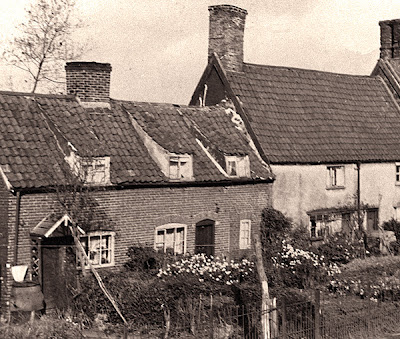 Each dwelling had a tiny yard at the back with the front door opening straight onto the road or pavement if there was one. Any property not owned by the Employer of the occupant were likely to have the Council as a Landlord.
Each dwelling had a tiny yard at the back with the front door opening straight onto the road or pavement if there was one. Any property not owned by the Employer of the occupant were likely to have the Council as a Landlord.
In Rural as well as Urban areas, if a man lost his job he would most likely be turned out of his house. The arrangement would not have been so bad if the accommodation had been up to a better standard. It is difficult to imagine these families, some quite large, struggling with no piped water or electricity. The pump, which was sometimes shared by the whole street, might be a hundred yards away.
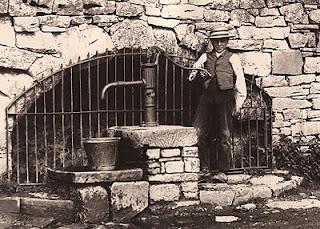 In the scullery many had a built in copper for the washing and bathing with an oven in the wall for baking. Both of these were heated by lighting a fire underneath. Everyday cooking was usually done over the fire or on an oil stove. The better off families might well have had an oil oven with as many as four burners.
In the scullery many had a built in copper for the washing and bathing with an oven in the wall for baking. Both of these were heated by lighting a fire underneath. Everyday cooking was usually done over the fire or on an oil stove. The better off families might well have had an oil oven with as many as four burners.
The only advantage the Working Class people had was knowing the money they received could be spent on their immediate needs. They had no rent, rates, insurance or upkeep to pay. That was just as well because most of them were stretched finding enough to pay for their food, clothes and fuel that was always expensive.
The very well off had large cooking ranges fitted in their kitchens but even they had to depend on gas, oil lamps or candles for their lighting and a hand pump for their water. Like the working class, their lavatory was always placed well away from the house and they relied on regular visits from the night cart. They did of course have the daily service of a Chamber Maid with her slop pail.
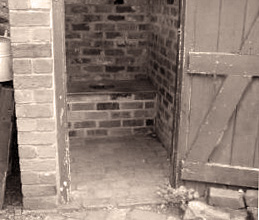 During the 1930’s piped water and electricity became available to almost everyone and at the same time Councils made a concerted effort to clear the slums. They built large estates on the outskirts of the Towns and Villages and demolished many of the old dwellings.
During the 1930’s piped water and electricity became available to almost everyone and at the same time Councils made a concerted effort to clear the slums. They built large estates on the outskirts of the Towns and Villages and demolished many of the old dwellings.
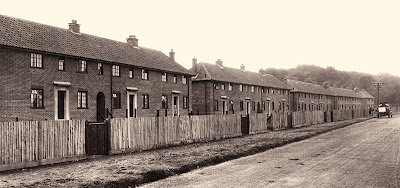 The new houses were terraced with gardens at the front and back large enough to grow vegetables. All had a ‘living’ and ‘front’ room as well as a large kitchen with a cooking range and back boiler. Upstairs there were up to four bedrooms and a bathroom. Most important they had piped water and a flush toilet. Electric lights and a socket for an electric kettle were put in. A prepaid shilling meter was installed as the method for paying for this.
The new houses were terraced with gardens at the front and back large enough to grow vegetables. All had a ‘living’ and ‘front’ room as well as a large kitchen with a cooking range and back boiler. Upstairs there were up to four bedrooms and a bathroom. Most important they had piped water and a flush toilet. Electric lights and a socket for an electric kettle were put in. A prepaid shilling meter was installed as the method for paying for this.
After the Second World War accommodation was urgently needed for all the Servicemen and women returning home and getting married. Many had to live with parents and friends or take rooms. That was fine until they started a family, – which many did.
The Government’s answer to the problem was Prefabs. They were constructed in a factory and erected on site. Single storey with a good lay out and equipped with all mod cons including a bathroom they were guaranteed a life span of fifteen years by which time it was expected there would be sufficient houses available for everyone. Needless to say after sixty years, having been bricked over and with many sold to the tenants, some of these estates still exist.
 The Council houses being built at that time were mostly terraced with large kitchens, a big sitting room and two, three or sometimes four bedrooms. Gas or electricity was available for cooking. All had gardens at both front and back. However, in most places they never did manage to complete enough to meet the demand and later the situation was probably made worse when many of those they did build were sold off at a very cheap price to the occupants.
The Council houses being built at that time were mostly terraced with large kitchens, a big sitting room and two, three or sometimes four bedrooms. Gas or electricity was available for cooking. All had gardens at both front and back. However, in most places they never did manage to complete enough to meet the demand and later the situation was probably made worse when many of those they did build were sold off at a very cheap price to the occupants.
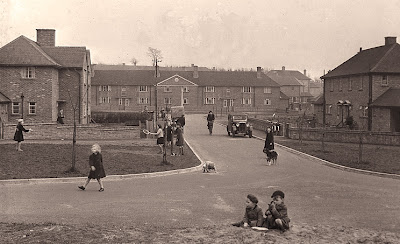 Ever since that time couples have been encouraged to borrow the money and buy rather than rent. With the steep rise in the cost of property those that did came out very well. Unfortunately, those who wish to take out a mortgage today often find they can’t afford to. Consequently we are seeing more accommodation of all kinds being offered at a monthly rate. Committed to paying rent, many couples have no chance of ever owning their own home. In an attempt to help them, developers are being told to build a percentage of affordable homes to help first time buyers onto the housing ladder.
Ever since that time couples have been encouraged to borrow the money and buy rather than rent. With the steep rise in the cost of property those that did came out very well. Unfortunately, those who wish to take out a mortgage today often find they can’t afford to. Consequently we are seeing more accommodation of all kinds being offered at a monthly rate. Committed to paying rent, many couples have no chance of ever owning their own home. In an attempt to help them, developers are being told to build a percentage of affordable homes to help first time buyers onto the housing ladder.
New dwellings are very different to those built after the last war. Society has changed. Large kitchens and dining rooms are no longer essential. Many couples are both working and have no time to cook everyday so they have ready-made meals. A small table and chairs in the kitchen for breakfast is convenient as well as a utility room for the washing machine and tumble dryer.
Anyone wishing to entertain is most likely to eat out and choose the venue from a wide selection of cuisines. Every house now needs a room for the family’s computers etc. as well as a good size lounge where they can all relax and watch television.
A back garden just large enough to take a small shed for things like bicycles and refuse bins will usually suffice. Whether there is a garage or not, there must always be room to park at least two cars at the front.
It’s impossible to imagine the changes there will be to our Society in the next hundred years or what affect they will have on the structure of our homes?
valley lad – [TWENTY ONE]


